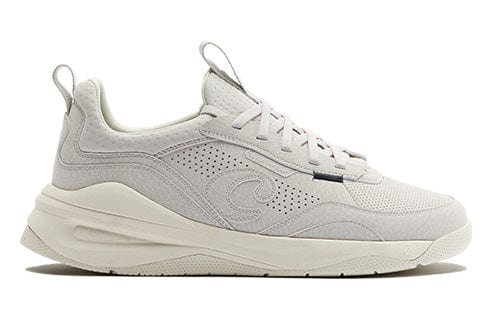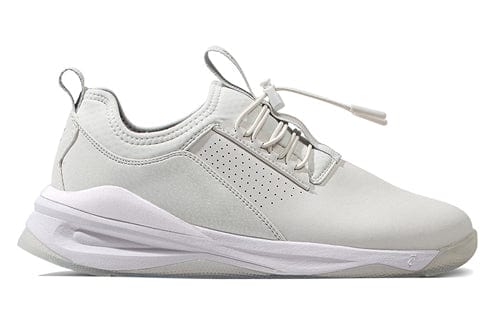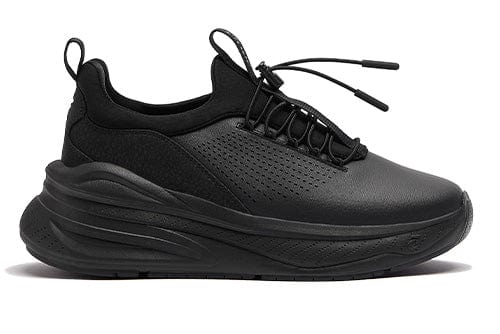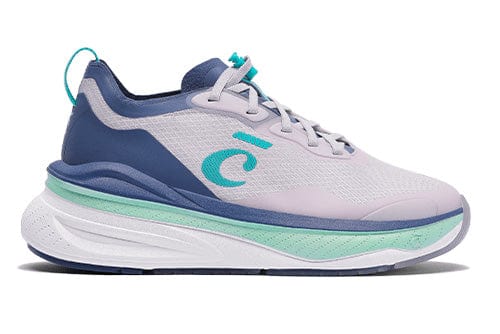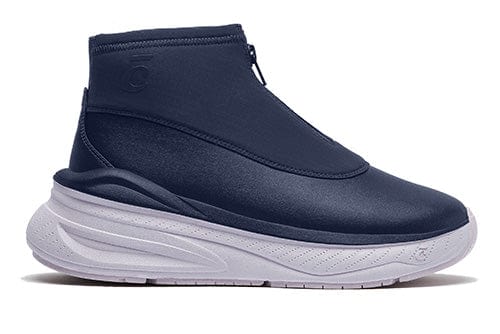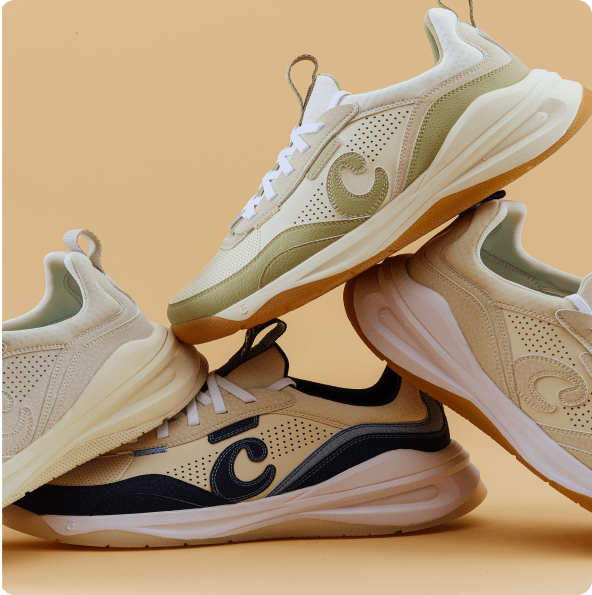The Ultimate Guide to Power Walking: Techniques and Tips
Power walking is more than just a brisk walk—it's a dynamic, heart-pumping exercise that offers a host of benefits, from improving cardiovascular fitness to torching calories. But to make the most of this invigorating workout, you need the right technique and the right gear.
Whether you're new to power walking or a seasoned pro looking to refine your stride, this guide will equip you with the knowledge and tips you need to walk with power and purpose.
The Basics of Power Walking
For those unfamiliar, understanding power walking can help clarify how it differs from a casual stroll and the unique benefits it offers. Power walking is more than just picking up the pace; it is about walking with purpose and intensity.
What Power Walking Involves
Power walking means walking with intent. Unlike a leisurely stroll through the park, power walking is all about maintaining a faster pace that elevates your heart rate and engages multiple muscle groups. You’re moving your legs and using your whole body, from your core to your arms, to drive you forward. Unlike just getting from point A to point B, it’s about maximizing your walk as a form of cardiovascular exercise and physical activity.
Key Differences from Regular Walking
So, how do you power walk, and what sets it apart from regular walking? Here are some of them:
- Intensity: Power walking is all about increasing intensity. Unlike regular walking, which is often done at a moderate pace, power walking requires a brisk pace that elevates your heart rate.
- Pace: Regular walking is a gentle form of exercise, suitable for almost anyone. Power walking, on the other hand, typically involves maintaining a speed between 3 and 5 miles per hour, challenging your fitness level.
- Calorie Burn: Power walking or speed walking can burn as many calories as running, especially when you maintain good posture and keep up the intensity. It's an effective way to boost your cardiovascular fitness without the impact of running.
Steps to Achieve Proper Power Walking Technique
Proper technique is crucial when you’re learning how to do power walking. It helps you improve your performance and to prevent injuries. From maintaining the right posture to optimizing your stride, every detail matters when you're power walking.
Here’s how to how to power walk properly:
Correct Posture and Arm Movement
Let’s start with the basics—posture. Good posture is crucial for avoiding injury and maximizing the effectiveness of your power walking workout. Stand tall with your shoulders back, and keep your gaze forward. Your chin should be parallel to the ground, and your core should be engaged. Imagine a string pulling you up from the top of your head, aligning your spine, and keeping you upright.
Arm movement is another key component of proper power walking technique. Your arms should be bent at a 90-degree angle, swinging naturally as you walk. But don’t just let them dangle—use them to propel yourself forward. Swing them in sync with your steps, keeping your movements controlled but powerful.
Optimal Stride and Foot Placement
Next up is your stride. Unlike a regular walk, power walking requires a shorter, quicker stride. You’re not looking to cover more ground with each step but to increase your speed. Your steps should be quick and deliberate, with your feet landing heel first and rolling through to push off with your toes. This rolling motion helps reduce the impact on your joints and maximizes the efficiency of your stride.
Foot placement is also critical. As you walk, aim to keep your feet parallel, with your toes pointing forward. This alignment helps prevent injuries and ensures that you’re using your muscles effectively.
Common Mistakes to Avoid While Power Walking
Even the most experienced power walkers can fall into bad habits that hinder their progress. Identifying and correcting these common mistakes can make a significant difference in the effectiveness of your workout.
These are the typical errors and some practical tips to enhance your power walking technique:
- Overstriding: Taking steps that are too long in an effort to increase speed can lead to injuries and reduce the effectiveness of your workout. Instead, focus on taking shorter, quicker steps.
- Neglecting Arm Movement: Letting your arms hang loosely or not swinging them enough can throw off your balance and reduce your overall speed. Engage your arms to propel yourself forward and maintain rhythm.
- Improper Posture: Slouching or leaning forward can lead to back pain and diminish the effectiveness of your power walking technique. If you notice your form slipping, take a moment to reset: straighten your back, engage your core, and refocus on your stride.
Remember, it’s better to walk correctly at a slower pace than to push yourself too hard with improper form.
Tips for Improving Your Technique
Improving your power walking technique takes practice and mindfulness. Start by focusing on one element at a time—whether it’s your posture, arm movement, or stride. Gradually incorporate these elements into your routine until they become second nature. Another tip is to pay attention to your walking speed. Use a fitness tracker to monitor your pace, and challenge yourself to maintain or increase it over time.
If you're also doing treadmill workouts, you might wonder how long should you walk on the treadmill to achieve optimal results. The duration can vary depending on your fitness goals and the intensity of your walk.
Incorporating intervals into your power walking workout can also boost your fitness level. Alternate between periods of brisk walking and fast walking or even jogging. This not only keeps your workout interesting but also helps improve your cardiovascular health and calorie burn.
Selecting the Best Sneakers for Power Walking
The right footwear is a game-changer when it comes to power walking. If you’re searching for the best shoes for power walking, look for footwear that offers excellent cushioning and support tailored to this activity.
Importance of Quality Footwear
When it comes to power walking, the importance of quality footwear can’t be overstated. The right shoes provide the support, cushioning, and stability you need to power through your workout without discomfort or injury.
Walking shoes, especially those designed specifically for activities like power walking, are built to absorb shock, support your arches, and align your stride, making each step as efficient and comfortable as possible.
How Clove Sneakers Support Your Power Walking Routine
Here are the benefits of power walking with Clove sneakers:
- Comfort and Support: Clove sneakers are designed for walking, offering the ideal blend of cushioning and support to keep your feet comfortable during long walks.
- Versatility: Perfect for various surfaces like pavement, trails, or treadmills, these sneakers ensure stability and comfort across different terrains.
- Lightweight and Breathable: Clove sneakers are lightweight and breathable, helping you maintain a brisk pace without feeling weighed down.
- Stylish and Functional: With a stylish design, Clove sneakers seamlessly transition from a treadmill workout to daily wear.
Power Walking Preparation
Power walking is a powerful tool for improving fitness, burning calories, and boosting overall health. By focusing on proper technique, avoiding common mistakes, and choosing the right footwear, you can maximize the benefits of this invigorating exercise.
And for the ultimate power walking experience, make sure you’re equipped with the best footwear. Clove sneakers are designed to support your journey, providing the comfort, stability, and style you need to power through every step.
Sources:
- Medical News Today. What are the benefits of brisk walking? https://www.medicalnewstoday.com/articles/brisk-walking
- GoodRX. Can Power Walking Supercharge Your Cardio Routine? https://www.goodrx.com/well-being/movement-exercise/power-walking-benefits









